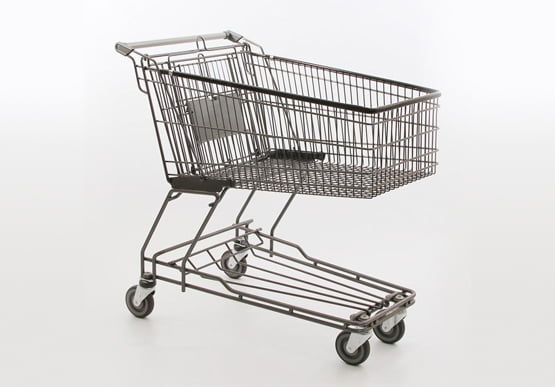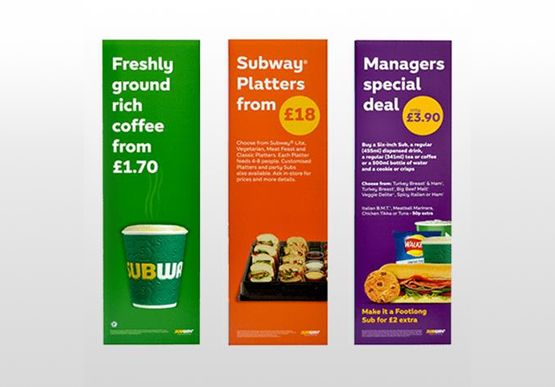The humble shopping trolley… They may be notorious for their wobbly wheels and their noisy rattling; but for your customers, they’re an essential convenience of the shopping experience.
The inception of the ‘folding basket carrier’
In 1936, American grocer Sylvan Goldman had a problem. His recently-acquired Humpty Dumpty supermarket chain was struggling. The hard times of the Great Depression were affecting consumers and business owners alike, and the concept of self-service grocery stores was still slowly catching on (having been introduced to consumers in the mid-1910s).
Goldman noticed that his customers would often head straight for the checkout as soon as their baskets became too heavy to carry. This was a particular issue for mothers, who had to handle their children along with their baskets.
If he could make the shopping process easier and more convenient, he would surely be able to attract more customers and get his existing customers visiting more frequently. Helping customers carry more items would also allow stores to shift more stock and make more money per customer. But how to do it?
A folding wooden chair provided the inspiration he needed. Goldman realised he could place a basket on the chair and wheels on the legs – and with two baskets stacked one over the other, customers would be able to carry twice as much shopping. And so, the idea for the humble shopping trolley was born.
A wobbly start to the humble shopping trolley
Together with mechanic Fred Young, Goldman set to work on his basket-carrier idea, and the first ever shopping carts rolled out to the Oklahoma branch of Humpty Dumpty stores. Now customers had an easy means of carrying their shopping to the till – so they must have caught on like wildfire, right?
Actually, no. Quite the opposite, in fact.
Shoppers didn’t just ignore the new ‘folding basket carriers’ – they actively took offence to them. Many shoppers felt they resembled a baby’s pram; women found them unfashionable and vaguely patronising, while men considered them effeminate and emasculating.
Elderly shoppers, meanwhile, resented the suggestion that they were too weak and helpless to carry their own shopping. Instead of giving this new, bulky invention a try, customers stuck stubbornly to the baskets they were familiar with.

Where there’s a wheel, there’s a way
Back to the drawing board? Not for Goldman. Undeterred, he recruited male and female models to pose as cart-pushing shoppers, and used greeters at the front of his stores to showcase his invention to arriving customers.
Thankfully, his plan succeeded! By 1940, the humble shopping trolley had become so universally adopted that supermarket layouts and checkout designs had been transformed with trolleys in mind. Goldman became a multimillionaire, thanks in part to the licensing royalty he earned for each cart that used his folding design.
But the story doesn’t end there. Shopping trolleys as we know them today are ‘nestable’ for easy storage and transportation – a feature that the original folding design didn’t have. Kansas inventor Orla Watson came up with a new ‘telescoping’ cart design in 1946, but Goldman’s patent of a similar ‘Nest-Kart’ design in 1948 led to a legal dispute between the two parties.
All’s well that ends well, though. In 1949, Goldman agreed to give up his patent on the original folding cart design, in exchange for an exclusive license from Watson to reproduce and sell his folding design. Watson was now the one earning the royalties for each cart produced; but Goldman didn’t lose out – having earned more than $400 million by the time of his passing in 1984. And now, the humble shopping trolley is a supermarket staple!
Brainstorm: use printed bollard covers to direct your customers to the trolley stand!



